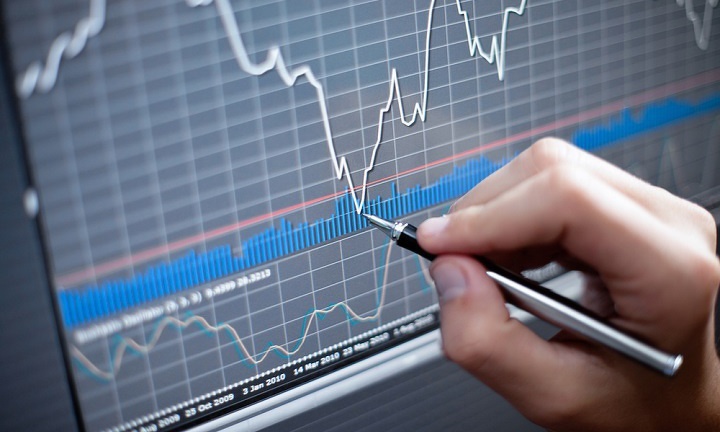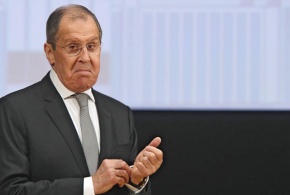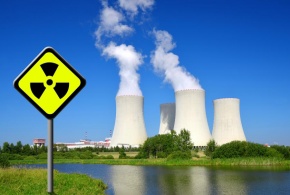
The European Bank for Reconstruction and Development (EBRD) made a prediction that the economy of Kazakhstan grow by 3.8 per cent in 2017 and by 3.5 per cent the following year, reports the EBRD.
The growth of Kazakh economy is connected several factors: the increased crude oil production, favourable oil prices, a recovery in real incomes growth as well as stronger activity in construction, and agriculture and transportation sectors.
Let us remind you, in May the Bank expected that the economy growth will be 2.4 per cent until the end of year. Therefore, they are also expecting inflation to remain within the 6-8 per cent range.
'The EBRD has revised up sharply its 2017 economic growth forecasts, with higher export levels, a revival in investment and firmer commodity prices supporting a broad-based upswing. Average growth across the EBRD region is seen at 3.3 per cent this year, a rise of 0.9 percentage points against the previous forecast from May, and compared with growth of just 1.9 per cent in 2016' reports the Bank.
The EBRD tracks the economies of 37 emerging countries, where it finances projects and supports reforms that promote sustainable and environmentally-friendly market economies. The pace of growth has picked up in 27 of the EBRD’s economies this year, the first time that such a broad upturn has been seen since 2010. All economies in the region, except Azerbaijan and FYR Macedonia, saw positive growth in the first half of the year. Several countries, notably Romania and Turkey, are enjoying growth rates comparable to the pre-crisis levels of the mid-2000s.
According to chief economist of the EBRD’s Sergei Guriev said: 'The broad-based recovery is a very welcome development. It also creates a window of opportunity to carry out reforms that will ensure the sustainability of the stronger growth rates over the longer term'.
Also, the Prime Minister of Kazakhstan Bakhytzhan Sagintayev said that 'After the crisis, the growth of Kazakh economy can be seen in several sectors. The economy of Kazakhstan will grow by 5.5 per cent until 2021'.



















 Difficult steps to nurturing a "new generation of optimists"
Difficult steps to nurturing a "new generation of optimists"
 Minister Lavrov knows who's boss
Minister Lavrov knows who's boss
 "Atomic" exam for officials of Kazakhstan
"Atomic" exam for officials of Kazakhstan
 The WHO has made warning to Kazakhstan
The WHO has made warning to Kazakhstan
 COVID-19: More than a thousand Kazakhs infected in one day, but the statistics are incomplete
COVID-19: More than a thousand Kazakhs infected in one day, but the statistics are incomplete
 Tokayev instructed to extend the quarantine for another two weeks
Tokayev instructed to extend the quarantine for another two weeks